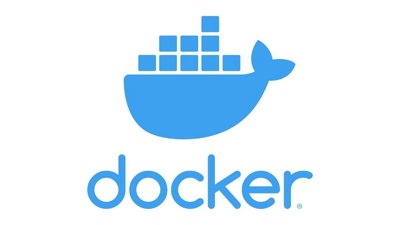Developers know that building the app is only half the battle, with app marketing being very important to get people using it. Here are ways you can start marketing your mobile app.
The development of an app can take many different routes to completion. Depending on your team, your resources, and your capabilities, the process of finishing an app varies from person to person.
However, creating the app is just one phase of its life. After getting the app made, you're going to have to start promoting it.
Many developers follow the belief of "If we build it, they will come," that their app is so amazing that people will download and use it in droves. Except in reality, no-one knows about the app and downloads are really low.
Just building an app with a good idea and expecting downloads to happen rarely works, and the App Store is littered with fantastic apps that people just don't know about at all.
Sure, you could launch it in the App Store and hope that users will stumble upon it by chance. That approach is valid, but you're not going to get that many users unless you're extremely lucky, even if word-of-mouth helps you.
A better route is to start promoting it through various channels. Getting the message out there that your app exists will draw in more potential users than doing nothing.
Once you have decided to start promoting the app, you'll need to assemble some form of marketing plan to improve your chances of success.
Most apps come up with a focused marketing plan to become a commercial success. Some of the more successful developers even set aside part of their revenues to continue growing their app with even more promotion post-launch.
With the goal of some developers to build, grow, and "exit," they can potentially achieve higher multiples per active subscriber compared to the cost to acquire a new user. For these developers, making an investment in their marketing efforts makes sense, and increases the chance of their app being acquired.
If you don't know how to proceed, you should seek assistance from the outset. Get a free marketing consult, such as from ThatCompany.
Work out who to target
It's one thing to blast your promotion over the Internet, but that may not be the most efficient way to do it. With the number of options available to target your marketing, you could take advantage of them to narrow your message to your audience who may benefit the most from the app.
Rather than the shotgun approach, which blasts the message to anyone and everyone, targeting who you promote your app to can save you money by sending the message to fewer people.
Before checking out the different promotional channels you can use, spend some time working out who your ideal customer is. By building a profile of your preferred user, you could use this information to reduce your marketing down to only your ideal customer type.
For example, an app may be more favorable to men over women, or to younger users instead of older people. There may also be more use in marketing an app to specific countries or continents, certain income brackets, or people with specific interests.
Knowing the demographic not only lets you narrow down who your message is promoted to, but also informs on how you should create that message in the first place.
This means you could adjust the elements of marketing to better match what your target audience wants to see. This could include the kind of images shown, colors used, and the language of marketing messages.
If you have multiple demographics, you could extend the approach to create two or more marketing plans, covering different audience segments. While you may not get much luck with one specific marketing plan for some users, there's nothing stopping you from making a second that will get a better response from that group.
You might be able to get a head start by examining rival apps to determine who they are targeting, and how they are doing it. Get a free competitor analysis.
Social Media App Marketing
Social media has become an important marketing element for brands, and really should be embraced for your app.
At the most obvious level, this means creating posts and sharing content with others. This could mean posting screenshots of the app interface, creating videos of the app being used, and behind-the-scenes features.
You will also find some benefits in using platform-specific features. For example, a Facebook Group for your app could create a core of customers who are also fans of the app, which you can then talk to about future updates.
By being engaging and informative, you can build up your following, allowing you to organically promote the app over time.
Hashtags can be a great way to promote an app, with a unique hashtag being a quick way for others seeing a post to quickly see others like it.
Platforms like Facebook, Instagram, Twitter, LinkedIn, and Pinterest also provide paid advertising options. Using the data about each platform's users, you can send marketing messages to users in very slim niches, including by location, age, interest, and other metrics.
This sort of promotion certainly benefits from working out your ideal customer beforehand. The social media platforms may also be helpful in determining what demographics like your app, which lets you tweak whom you market to in the future.
Content App Marketing
Similar to the idea of promoting on social media, content marketing revolves around ideas like blogging. You should have a website for your app, and therefore you should make content for that website.
This usually entails making blog posts or articles for the site, which you then post. These articles could take any form, but generally you should aim for informative and intriguing content that your ideal users can appreciate.
For example, a photography app could spawn posts about the art of taking photos, how to take specific types of shot, and other items that may help someone improve their images.
These articles have to be engaging to the user, and are typically accompanied by bright graphics and photographs, and even video.
If done well, the articles could prompt users to repeatedly visit to see new posts over time. They may also share the article with others, which certainly can happen for useful how-to posts.
Naturally, these articles could be promoted on social media, driving users to your website. The two methods work hand-in-hand, so strongly consider doing both social-based marketing and content marketing for your app.
Pay-Per-Click App Marketing
This is a form of marketing that you may be extremely familiar with. Many websites serve advertising to their readers, with the most prevalent based on a Pay-Per-Click model.
It's not just websites that PPC applies to, as there are many apps available that rely on in-app advertising as a form of revenue. This is especially common for games, as mobile titles often are provided as a free-to-play app that earns revenue from displaying advertising and in-app payments.
You could potentially see a lot of conversion for PPC ads in apps, since the person viewing the app is also using one at the same time. As the user may already be using an app in the same field as your own, they may be more inclined to try your app out.
This is why you'll mainly see adds for games shown in other free-to-play games. The player is actively playing a game, and therefore may want to try out another that is suggested to them.
The idea of PPC is not a massive stretch from the concepts applied by paid advertising on social media. You select the demographic that you want to narrow your marketing to, and the system then shows your marketing to an audience of your choosing.
In creating a campaign, you can generally set how much you are prepared to pay per successful click of an ad, hence the name. You only pay for ads that are clicked on, so it can be a useful way of ensuring certain numbers of people check out your wares.
You can usually set a limit to how much you are willing to pay for each of those clicks, which can affect how often your target user may see the ad.
Set the level too cheaply, and your ad may not get seen as competitors could pay more. Set it too high, and you could pay a lot per clicked ad, making it more likely to be seen, but potentially netting fewer users in the process.
The model can be used in a few ways. While primarily used to drive visitors to your website, it's also feasible to arrange the ad to take users to your app's listing on the App Store directly.
You will also need to determine keywords for your app as well as what negative keywords you'd want to avoid using in your messaging. Competitor research will also be useful to undertake, to see who you're up against in the ad market, as well as how they are tackling the task.
It is a platform with a lot of potential when used correctly.
Email App Marketing Campaigns
If you already have a sizable following, then you may want to consider setting up an email marketing campaign. In short, this is basically encouraging users to sign up for a newsletter using their email address.
Once secured, you can then send marketing messages to the recipients. The main way of doing it is via a newsletter, though you can be more direct in your efforts and send promotions or ads instead.
The newsletter is preferred overall, since you can fit in updates about your app, features and changes, and other elements that may be of interest to your target audience. If you are using a content marketing approach, this can also be useful in getting customers to read your latest article.
Email marketing does have the benefit of a very direct way to communicate with people who are interested in your app and your work. Cultivating an audience in this way can also produce loyal users, whom may be more willing to pay for your app than the average person.
Hire a Mobile App Marketing Agency
If marketing is difficult to take in or too daunting to undertake, one answer could be to hand off the work to someone else.
Build your strategy with an expert today.
A mobile app marketing agency is a company that specializes in helping clients formulate marketing campaigns, determine their target audience, and to promote apps as efficiently as possible.
As well as being well-versed in different online marketing techniques, such firms also have access to the right networks for your needs, the right expertise, and the right tools for the job.
Bringing aboard a mobile app marketing agency may sound like a more expensive route, and that is to be expected. However, they can often produce far better results for the money compared to doing it yourself.
This is especially so if you don't have much prior experience in online marketing.
Just as you may consider yourself a professional at coding and producing apps, you may want to think about getting a marketing professional on your team like ThatCompany.
ThatCompany provides free competition analysis to developers, to help identify key metrics that other similar apps use in their own marketing efforts. This includes collecting and analyzing marketing data across thousands of sectors, with free analysis able to be delivered within a few days.
Even if you don't go on to work with ThatCompany, the competitive data analysis for your app can still be a useful resource for future growth.
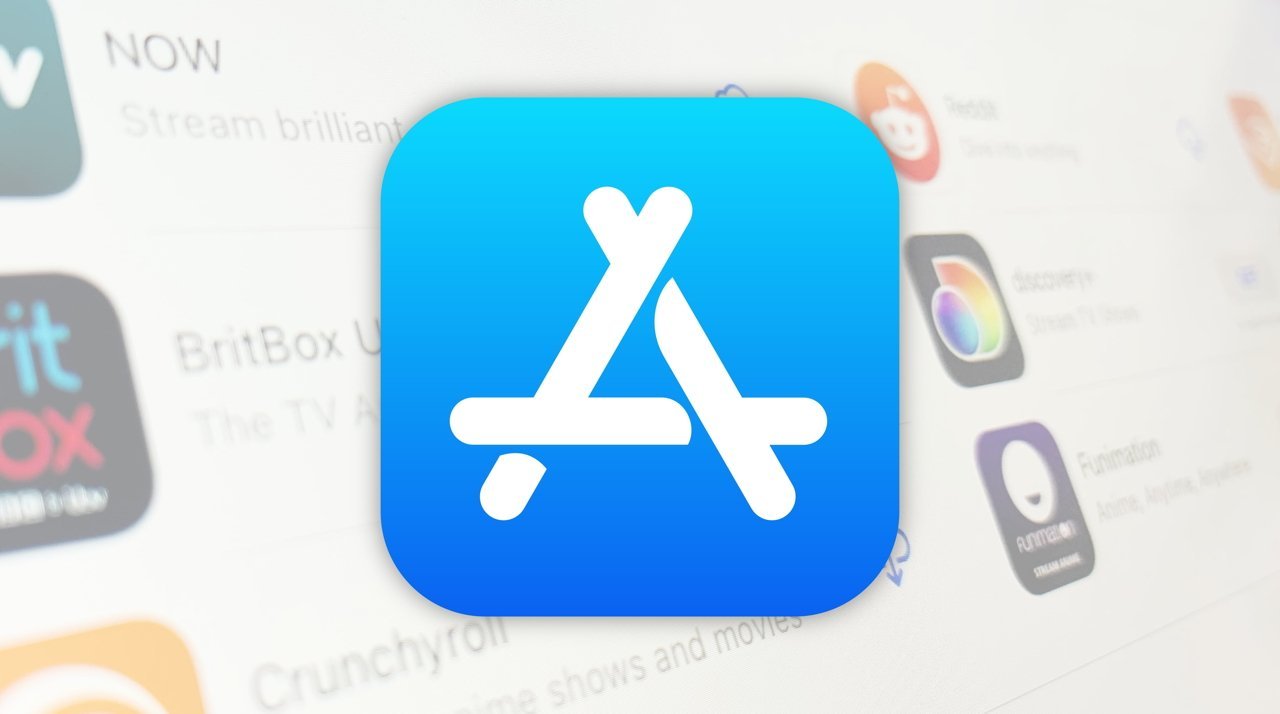
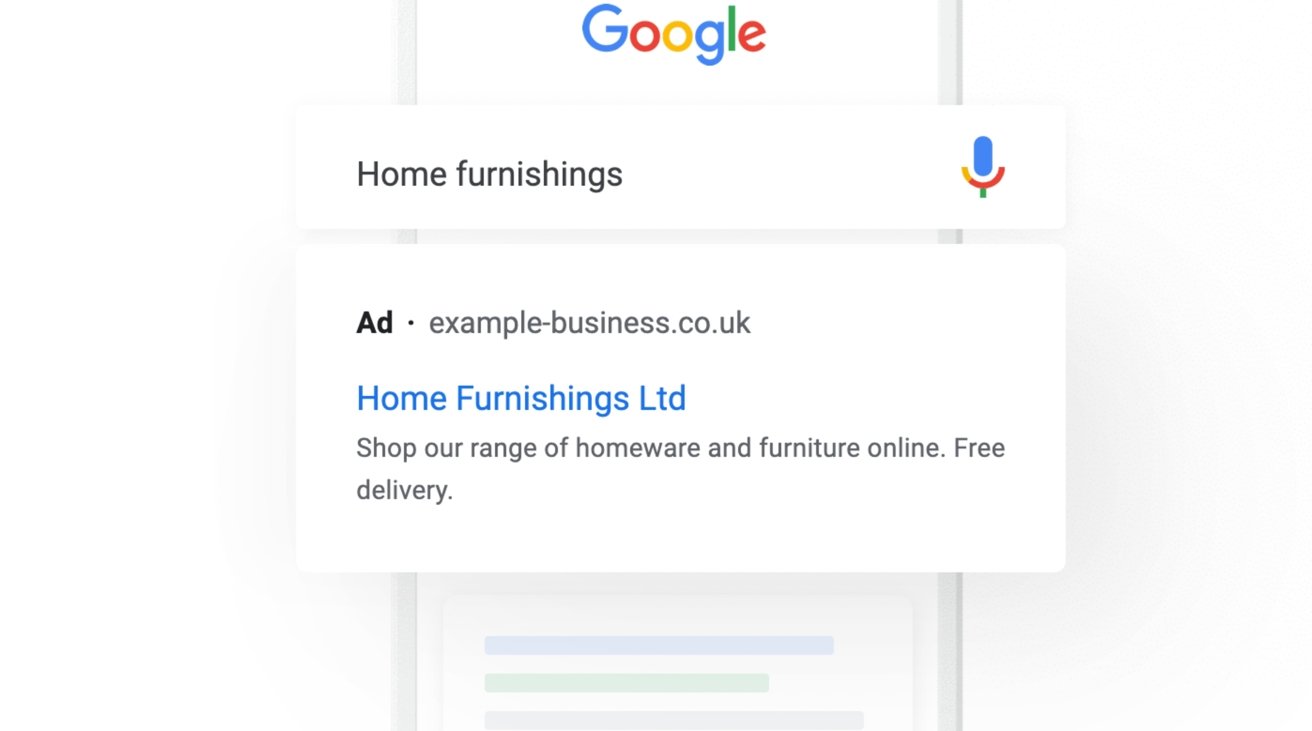
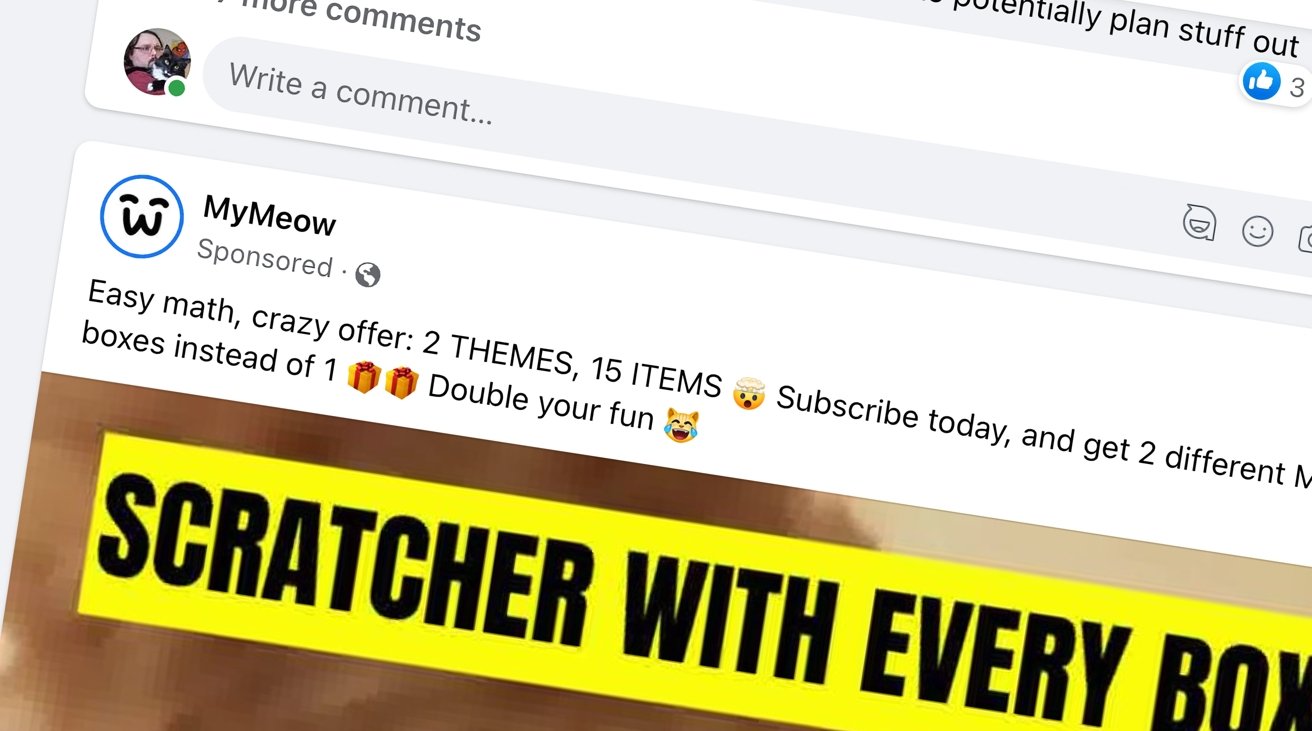
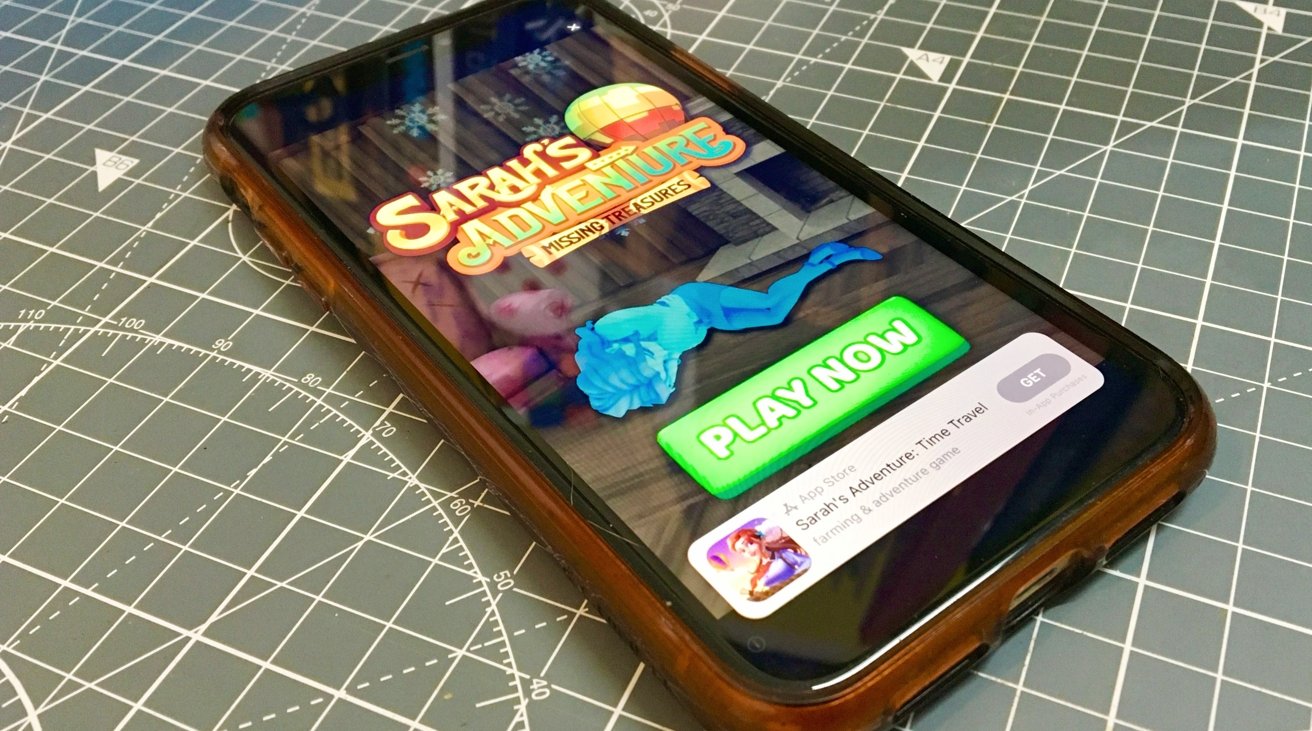
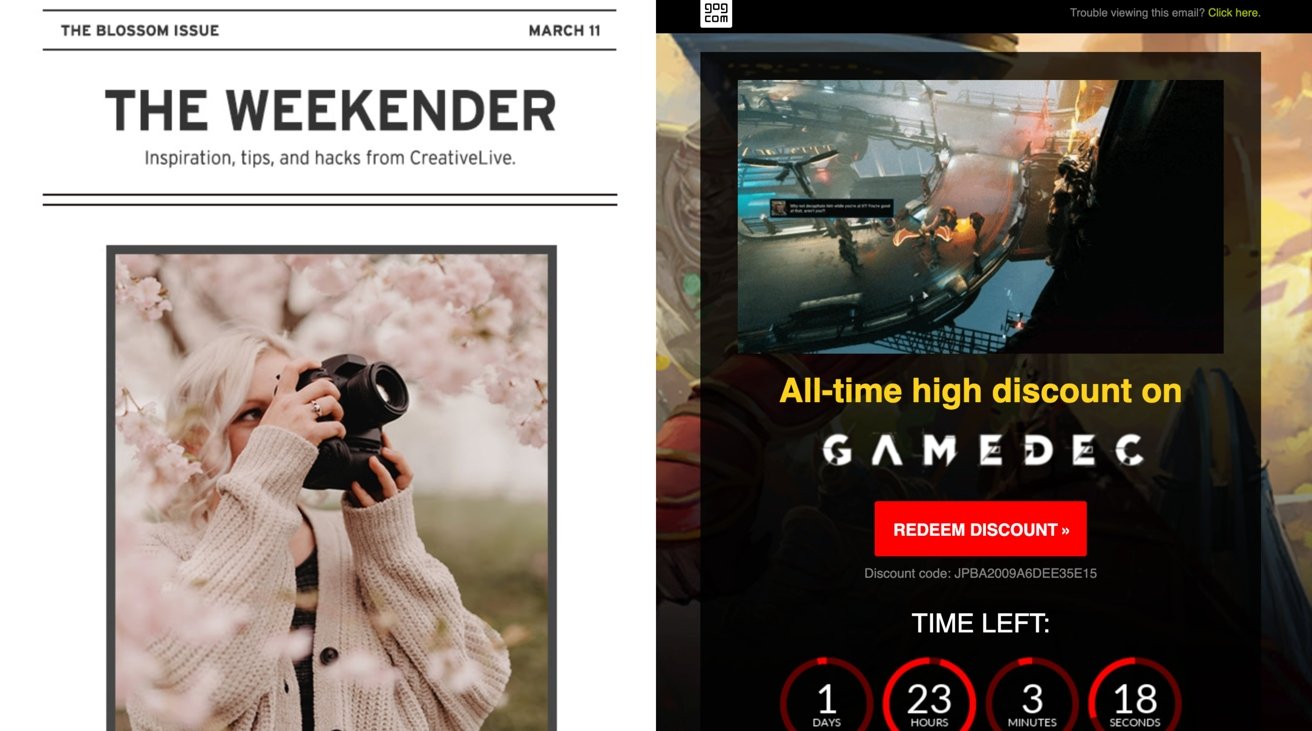
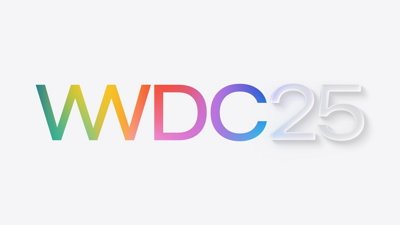
 Wesley Hilliard
Wesley Hilliard
 Marko Zivkovic
Marko Zivkovic
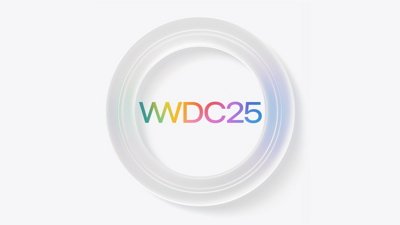
 Amber Neely
Amber Neely
 Malcolm Owen
Malcolm Owen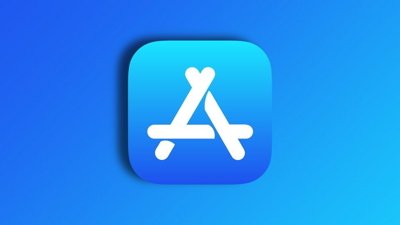

 Charles Martin
Charles Martin
